Hello RO, audiokid advised me that RO members may like to hear the story behind this console as well as follow the progress as it is refurbished back to it's original spec. (or beyond)
As you can tell by the pic,(below) it was stored in a garage and had been there for 4 years. It was covered, so despite the desert heat that the console would feel on a hot summer day, the dust did not get to play.
Since the M3000 is a rare console; not many have had an opportunity to hear one, let alone see one beyond pictures (even those are rare). Before I get to the details of my console and how it ended up in my possession... Let me shed a little light on the mystery of the M3000 to the masses, or at least those whom are unaware of its origin and history.
((((if you just want to see pics, I suggest you start scrolling now)))
A brief history of the M3000 (if you want more details, comment for them)
Depending on whom you speak to, many believe the M3000 as Amek's first "Large-Format Recording console". Officially introduced in 1979 as Amek's Top of the line console. A basic version of the M3000 sold for around $46,000.00. The first M3000 was actually installed in Amazon Studio's, Liverpool in 1978. The first one was more of a refined prototype then a production model. So far, Former AMEK staff in the UK, can count 8 (including Amazon) being built and delivered. All M3000's were in some way or manner custom built to the spec of each customer.
The 8 M3000's are:
Amazon Studio's, Liverpool UK
Aura Studio's, NYC NY USA
Trafalgar Rome, Italy (2 consoles)
Mayfair Studio's, London UK (some huge hits recorded with this one)
Enterprise Studio's, Burbank CA USA
Paul Ratajczak, LA CA USA
Klaus Schulze Germany (Keyboardist for Tangerine Dream)
Now it is easy to see why so little information is available on this console or even it's sound.
The M3000 set a new standard for Amek, the EQ was the first 4 band fully parametric (Variable Q on all 4 bands) console they had produced. It was also the first AMEK console to utilize automation (Allison 65K). The automation used the then high-enddbx 202 VCA's, 24 Buses, 8 aux's and Quad panning. the below picture just hides the sheer size of these, mine is approx. 108" wide and 48" deep. Or put another way, it filled a 5' x 12' open trailer, where you could not walk around the console inside the trailer.
The M2500 and the G2520 is essentially a baby M3000, using close to the same EQ and topology. Know you can kinda start to imagine how a M3000 would sound like.
Graham Langley designed the console from the ground up. Despite the seemingly popular myth that R. Neve had something to do with the design of this console and a few others of the same era. Let me be clear, R. Neve did not start to work with AMEK till after the bankruptcy of Focusrite in 1989. The design is pure GL.
All the engineers I have spoken to that have used this desk... in simple terms. Want it back or miss it dearly. The EQ has by far got the most comment, along the lines of "Best EQ ever created" "Control that just goes beyond words" "the Variable Q on all 4 bands goes from nearly a volume knob to damn near a notch filter". I ask anyone who has used one of these consoles to comment, I would be very interested in hearing your experience and thoughts. With only 8 built, (lets remove for a moment that AMEK at the time was a small company, that did not have the same market reach (or advertising budget) as Neve, MCI and a then very fast growing SSL) I know you are thinking what was the bad? Well, the only complaint was... reliability. Everyone loved the sound of the console,(mic preamp/EQ/Mix Bus etc..) it would just crap out at the wrong time. . Unfortunately, no matter how good a console sounded, if it cracked or popped during a take, it negatively effected the financial prospects of the studio.
I will leave it at that for now.
How did i get mine? well. This is were the backstory becomes somewhat important. Again, if i am babbling by all means scroll to the pics...
For years I have spoke of designing my own console from the ground up. (I know crazy idea) I even have a few threads on other forums discussing such. Anyway, were i am at in my day job actually opened some doors to actually achieve this lofty goal. During one of my many discussions of the topic with a co-worker. He offered me (at a good price) this AMEK M3000 as a frame to build on. Now, just like any crazy idea, you start down a path blind and not know were exactly you are going end up. .
Only the first 24 channels worked (part time) as the console was suffering from intermittent issues, hence why they moved it to the garage. Channels 25 through 36 served as parts to keep the first 24 serviced. Of the 36 channels only 28 faders were physically installed (removal of the blank fader panels shows that faders were at one time there). The console did come with a box of parts, most of which came from AMEK LA in 1996 when the previous owner had picked the console up. AMEK handed over all they had on hand at the time. The only physical issue was some missing braces, which was not attached to console when originally received in 1996. What shocked me more was it came with complete documentation. I mean every thing! From hand drawn schematics of the entire console, original manual, a 1979 Advert for the console and all the documents accumulated by previous owners, to include a letter from Amazon Studios.
At the time I got this home, I had huge plans and changes ahead for it. The idea's were flying and the excitement was gaining energy. But, like most cases of eager naivety, I had no clue of what I had or how significant it would be.
Like most here, I had never seen a M3000 before only vaguely ever heard of one. So i did a little research, found out how rare they were, but even then still not deterred from my original plans at the time. I will quote what I had stated on another forum (proaudiodesignforum)in regard to this:
"Now, at some point, no matter how eager you are to re-invent the wheel, when you have something like this in front of you. You pause. Unfolding the fragile schematics is like a walk back in time to the office of Langley and company. You begin to feel the amount of work that went into building something like this in the era it was done in. Then history at some point steps in and reminds you, only 15 of these were ever built."
Even then (2 weeks ago) I was unaware of the true number M3000's actually built. Today that statement is even more profound. The more I researched the more I became aware of just how remarkable of console this thing already is. Through simple google searches or speaking with fellow engineers whom have used this console, one thing was clear, this was not going to be a re-design of my idea's but a refurbishing of possibly the most underrated console ever created. Yes, my search did end up with communication directly with Graham Langley and Nick Franks. The closer we look at my particular console and it's details, the higher the belief is, that it is in fact the console from Amazon Studios, UK. (if you view the pics of the one in Amazon and compare it to mine, they are identical) There is more, that identifies it as coming from there. The frame and its construction type, were and when it was built, etc. The serial number will be verified once the "Serial number book" is located.
All the complaints about this console can be easily corrected and in my case will be. You will get to see every step, if you are so interested.
Joel
Comments
"Thank you for the info on the Bunny men, curious as to how you
"Thank you for the info on the Bunny men, curious as to how you knew the history?"
Because I am a rock history God. LOL
And if you believe that one, I got a bridge for sale... ;)
Actually, I do dig modern music history, both from the artistic sense as well as the technical end. I read and research a lot, talk to people who were involved, all with the idea that I think it can be important to know stuff like that, because many times I can apply the knowledge to a particular artistic/technical scenario.
I am voracious with books like Geoff Emerick's personal diary of recording The Beatles - Here, There And Everywhere, along with numerous online articles that talk about the history of a certain album or song.
Yeah... I'm pretty weird that way. :)
Did not get much done last night, around another 18 lines tied i
Did not get much done last night, around another 18 lines tied in. Ran out of pre cut heat shrink, so called it night. Nothing more de motivating then looking at spools of heat shrink and thinking, I need to cut a few hundred half inch pieces….. But none the less, something was done…
DonnyThompson, nothing weird about being who you are.
Well, the channels are complete, Pre and Post inserts, Multi-tra
Well, the channels are complete, Pre and Post inserts, Multi-track bus, and Returns, Lines 1 & 2 and mic lines. All that is left is the master section (Stereo insert, aux's and aux returns) and of course, outboard gear tie lines.
I can not wire up the panel that sits below the Patch bay (XLR outs and ins,Power, IE: Mon, Stereo bus out, Alt Stereo input etc) till I flip the console…. The panels will not fit from the back and will have to be slide in place from the rear first….. Trust me would be allot easer if i could just place them on a table in front of the console then bolt them in.. But, I guess this is why not many people fully rewire a console….o_O
Anyway, almost there! :whistle:
DonnyThompson - Trust me, I wanted to just start loading modules
DonnyThompson - Trust me, I wanted to just start loading modules and go go go go go go go. :ROFLMAO:
However, the channels need to be gone thru one at a time (re-cap, fix cabling from interconnections on the PCB, etc) and not to mention, someone had soldered the edge cards. So that will have to be removed and re-gold plated.
To be honest, I am just very happy to be viewing this beast from the top and not staring at the bottom of it anymore. The work that remains, is far more enjoyable and is motivating in and of itself. Should not take very long to go from this point to passing audio.
Nothing new, just finishing odds and ends on the frame before mo
Nothing new, just finishing odds and ends on the frame before moving over to the modules. The Blue LEDS did work out well. Kinda of one of those things that you never really know until you just do it. When the glass is put in place, it will darken the brightness a bit and bring out a deeper blue.... Already tested that and sexy it is.... :)
Joel, it must be very rewarding doing this, but not just for the
Joel, it must be very rewarding doing this, but not just for the technical. I can imagine how helpful this would be for anyone interested in audio. I mean, seeing how something like this is made, all that makes audio become what it is! Its a beautiful experience to say the least, something that doesn't come by often. We've said it before but hey... Thanks for sharing this with us.
Mic in, :love:
Here is another pic. Master section installed and tested. Of cou
Here is another pic. Master section installed and tested. Of course there will be issues with the modules. Next few days will be focused on getting the master section back up and running perfectly. It does pass audio, the vca subgroups work with exception to #4&8. Easy issues to work through. I am also seeing artifacts in the stereo summing bus that needs attention. The control monitor output is down 12 db from the studio output (could simply be some caps). Anyway, I am so exited to be working on the true guts of this amazing piece of gear versus just the infrastructure! Will keep everyone posted 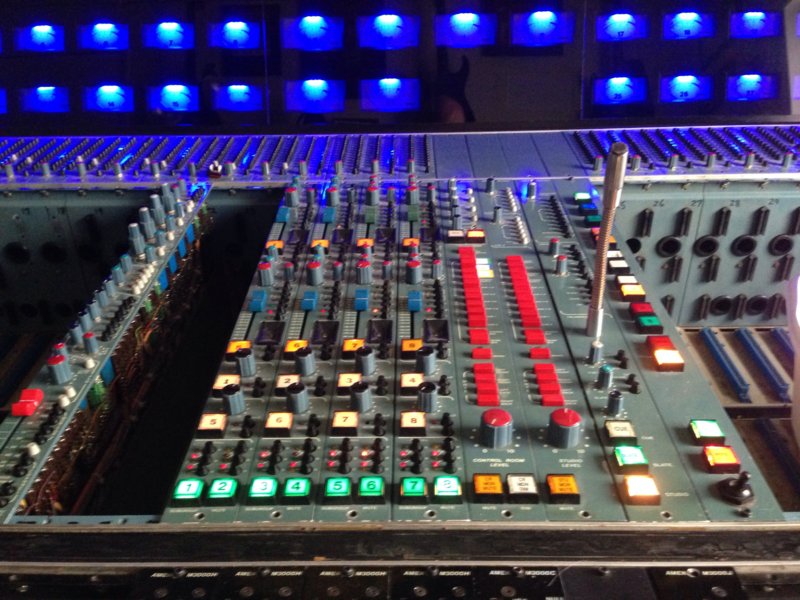
Thanks for the compliments guys. Just working through some of t
Thanks for the compliments guys.
Just working through some of the ghosts still in the master section. Was able to rebuild the summing amps and output drivers in the master section back up to spec... well a little beyond actually...:D
The console sounds incredible with what I have been able to pass through it. However, I am having some logic issues as it relates to the VCA's and console "mode" switching/relay issues... So yes, still focused on the master section for now.
I do have one input channel loaded to verify summing etc. I will say, the EQ on this thing is indescribable...WOW...
... Still moving forward.
Well, I started it, ran signal and faded of into a moment of bli
Well, I started it, ran signal and faded of into a moment of bliss... Then reality kicked in... As with all things electronic, before repairing anything, you must first assess what is wrong with it. Otherwise all the work you do,,,, may in the end not fix the original problem. When I first got the console, i was not in a position to be able to listen to the console and establish a "repair list" for each module. Well, I have one now. There obvious things that I fixed prior to applying power and signal, but nothing beats, just simply going through each module individually to identify trouble areas.
I will start, with the key module, the master section aka M3000E. In the pics you can see where I have done some minimal recapping and some work on the output (the little cards) and summing area. They were in really bad shape. In fact the circuit was completely modified from the original. The Schematics not only called for a 5534, but also a pair of TIP Transistors in the output stage. Still debating on whether to return the output modules back to their former glory.
Now to tackle the issues. This module has been hacked up pretty badly over the years and I will be completely rewiring (yes with Mogami) as the wire has become brittle and extremely fragile. Trace rebuilding, oh the joys of this exercise. Removal of features not used (Quad bus mainly), along with any component that even looks questionable. So here are the before pics, should have it completed by Saturday at the latest. Will follow up with after pics.
Here is the first of the new test gear (power supply), the rest
Here is the first of the new test gear (power supply), the rest should be here,(scope, DMM, Sig Gen) by the end of the day. (according to the tracking anyway)
To be honest, I wanted to update my work bench at the day job. This gave a great justification to the wife, after all who wants to lug a scope, DMM, SigGen, Programmable power supply back and forth daily? I admit, that laziness sometimes plagues me and that thought (caring it back and forth) has kinda demotivated me.... Until the, Lets get the gear you need/want was spuosel approved ... :)
At some point I will bring a strip or two to work, to run some AP (Audio Precision) tests to see were it actually sits in the Frequency response and THD+N numbers.
I also have a car I have to re-assemble (97 Camaro SS)... will be balancing the two projects.
"Now to tackle the issues. This module has been hacked up pretty
"Now to tackle the issues. This module has been hacked up pretty badly over the years and I will be completely rewiring (yes with Mogami) as the wire has become brittle and extremely fragile..."
Joel, when you say "hacked up", is this simply the result of age and wear, or are you seeing evidence that these components have been tampered with - or modded - by someone who maybe didn't know what they were doing?
Just curious as to what you are facing...
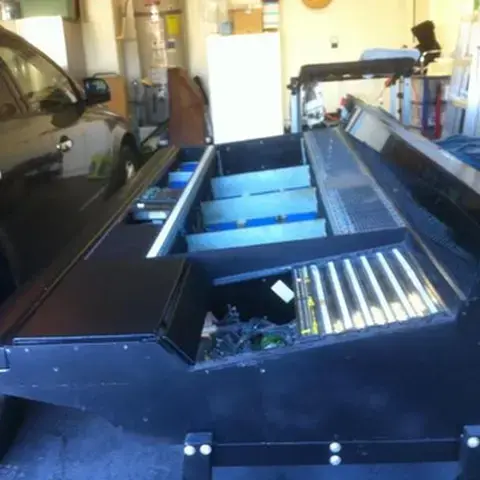


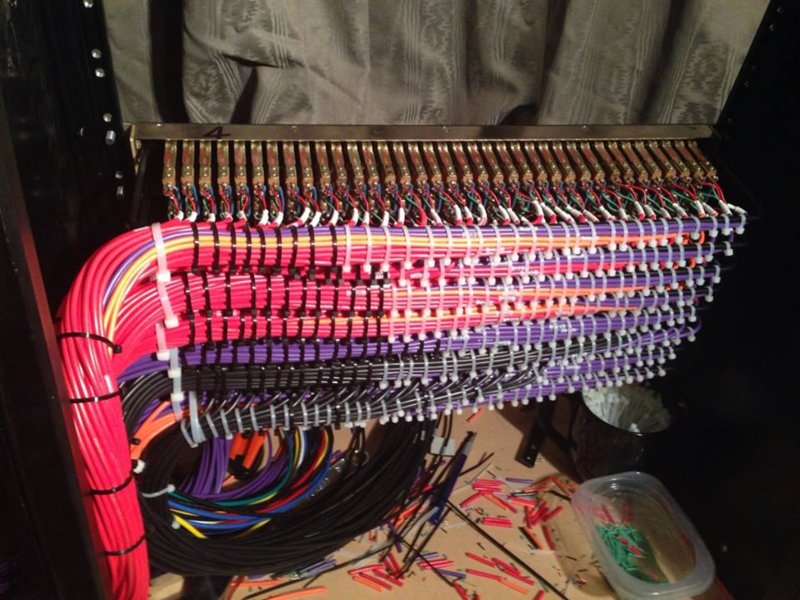

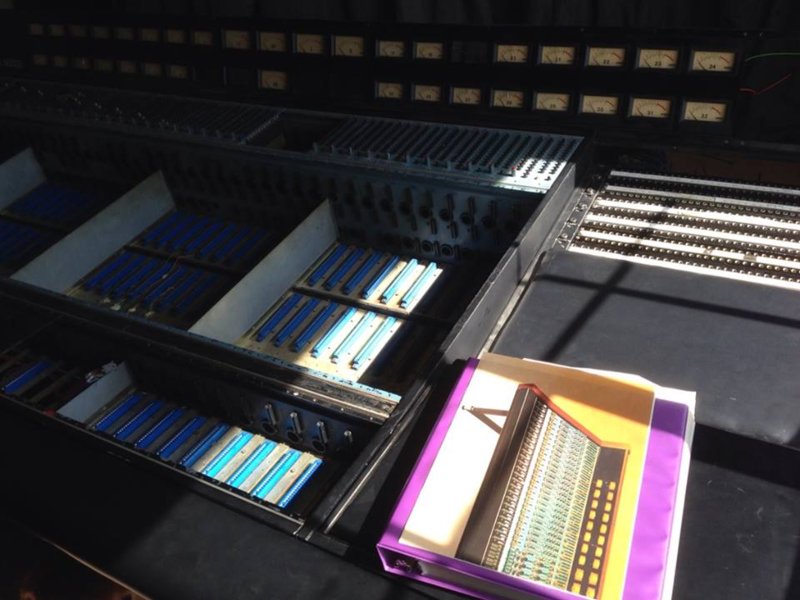
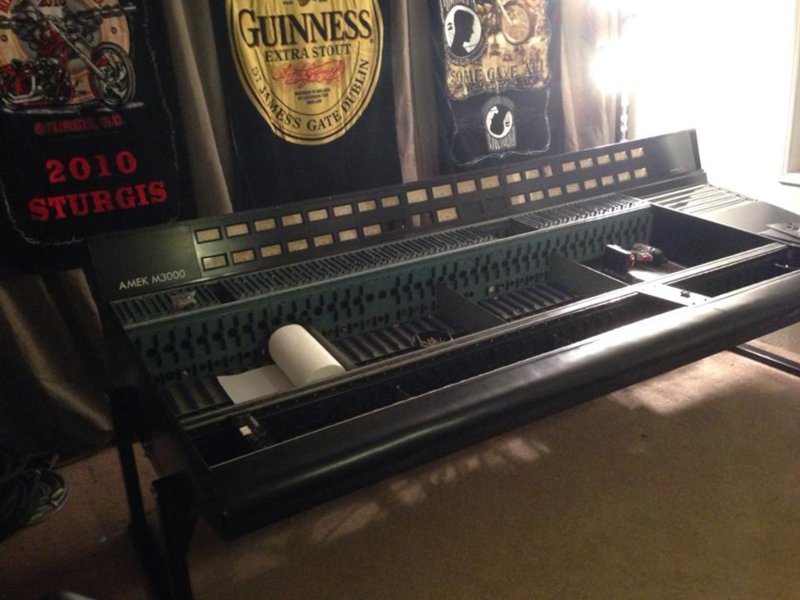
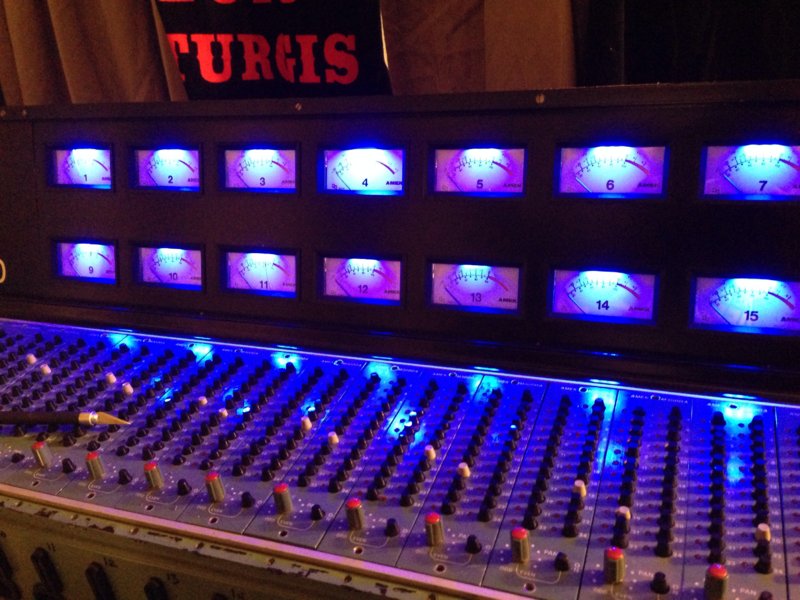


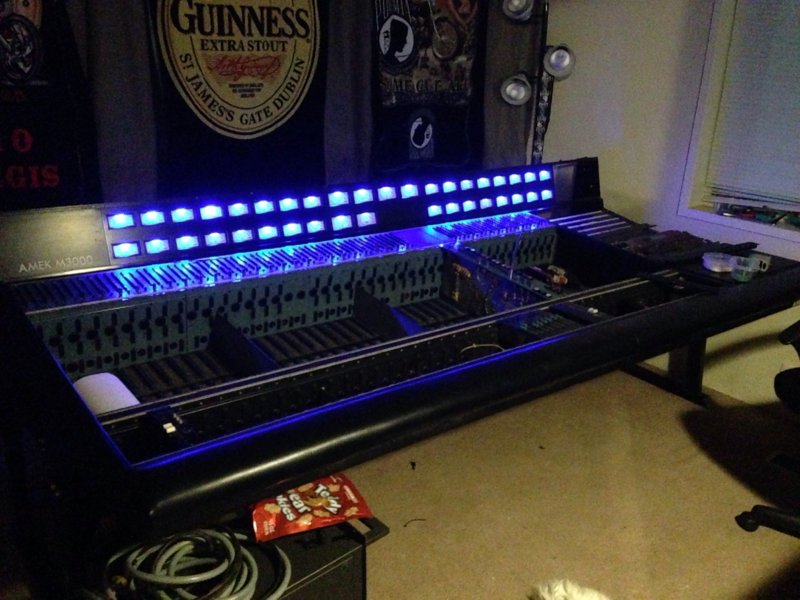



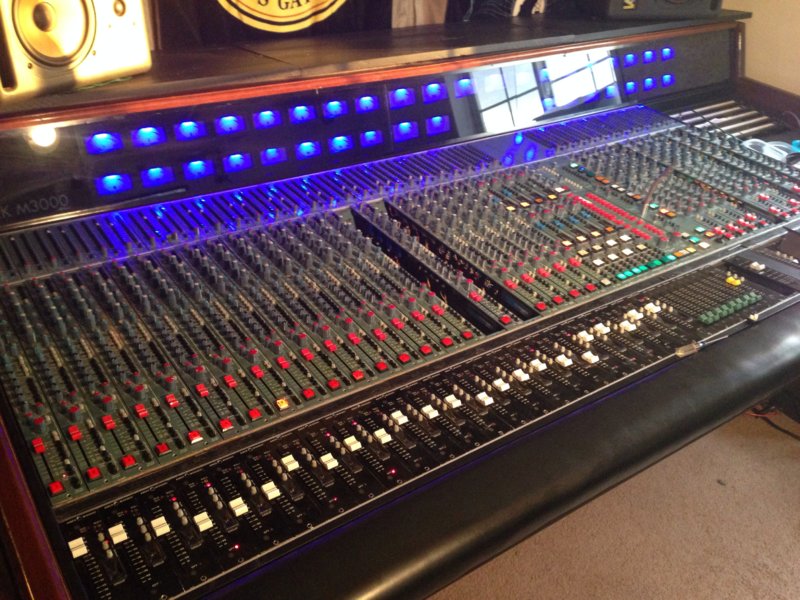
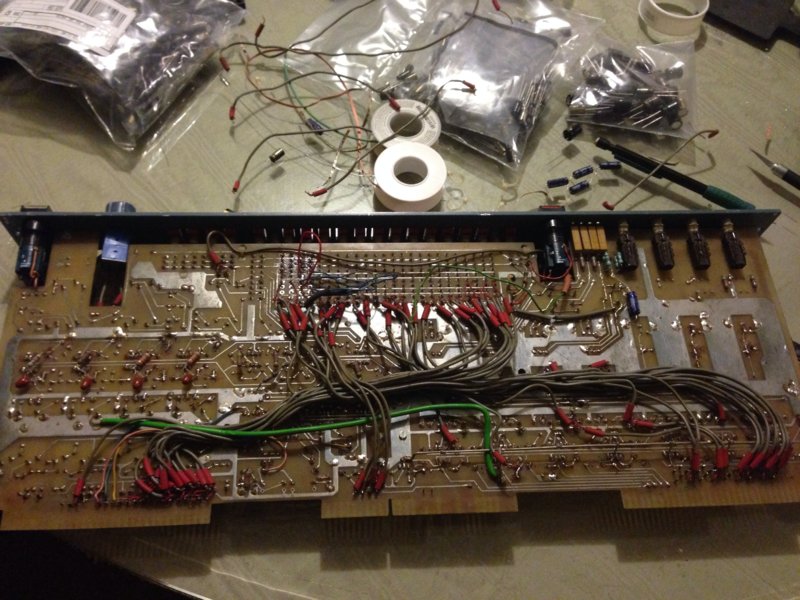
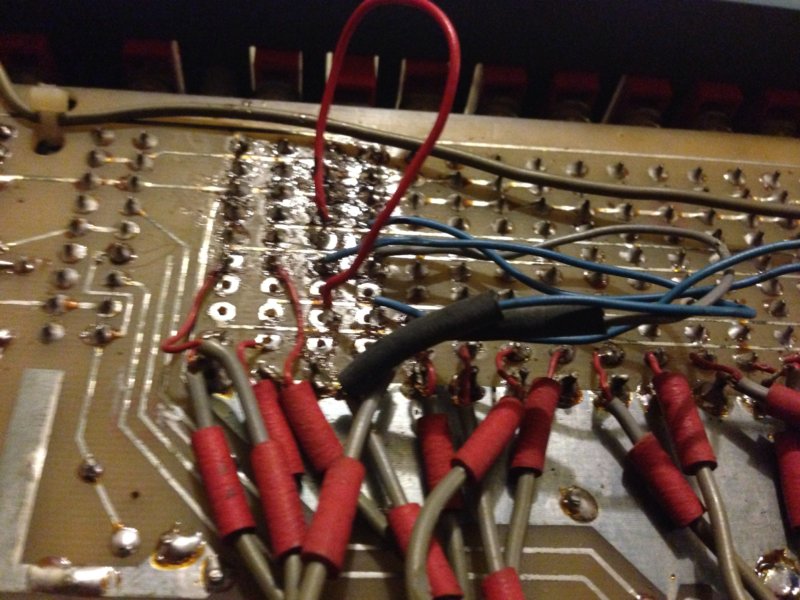
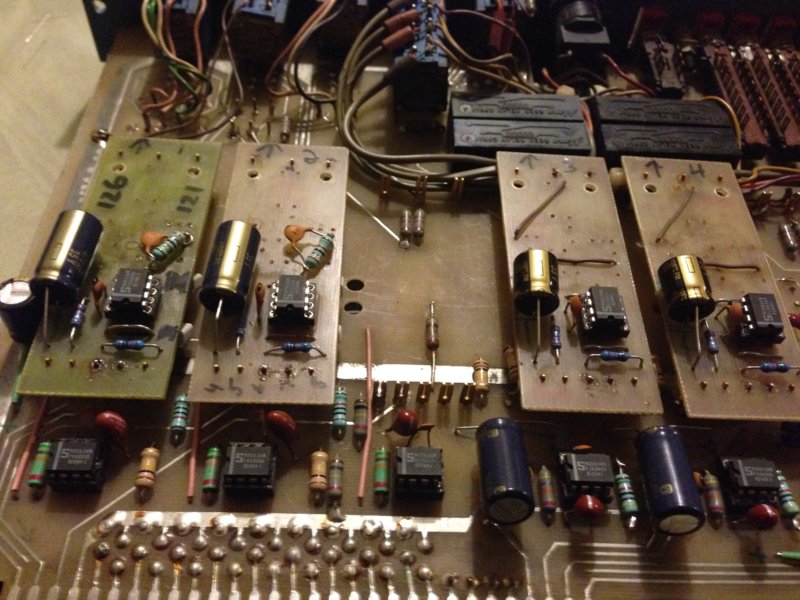
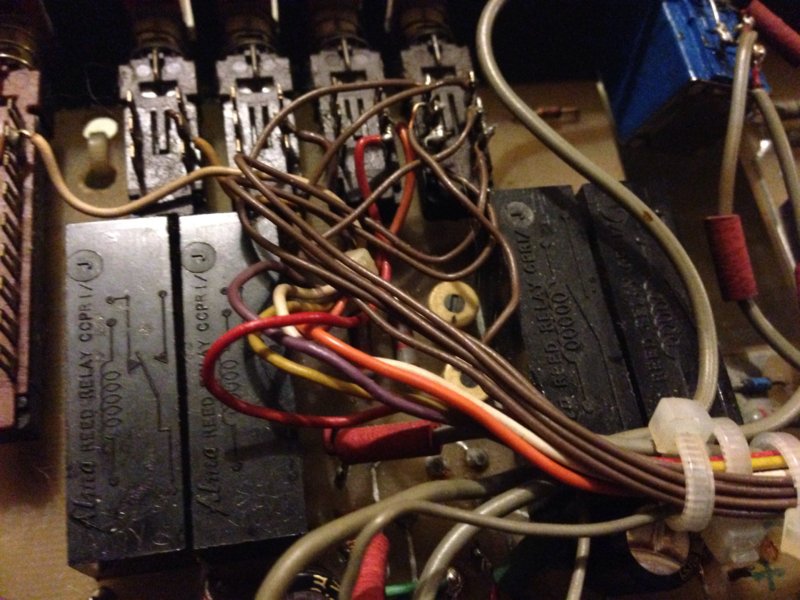
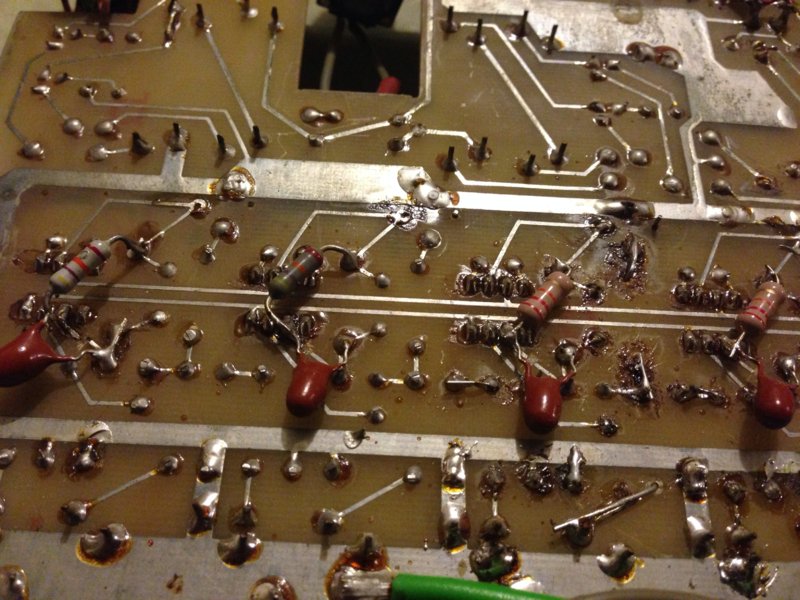
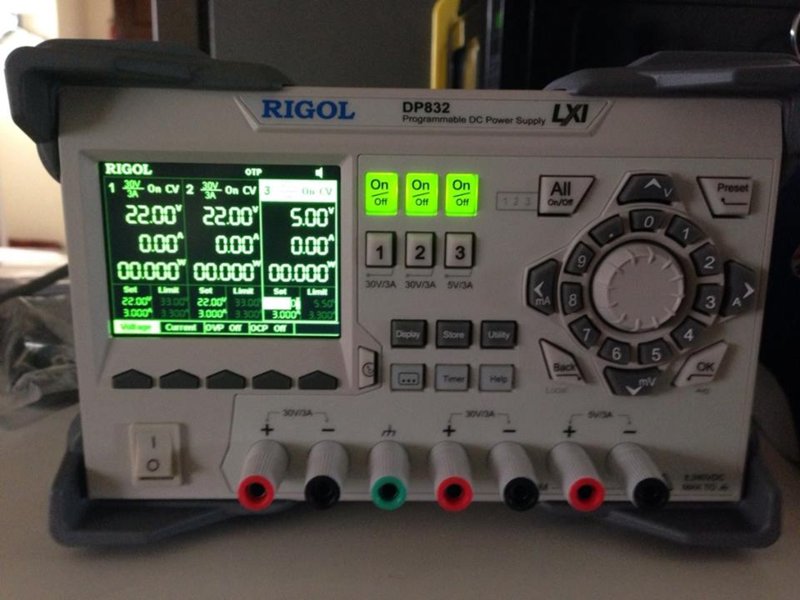
Not problem always willing to answer questions. The console also
Not problem always willing to answer questions. The console also came fully documented with schematics ( was told probably the only complete set in existence) as well as original advertisements and purchase orders. Amazon patch bay and connection lay-outs, etc. To include a letter to the owner by a previous employee of Amazon studios explaining the console and what was changed.
I am always interested in knowing who or whom may have recorded on my console. its history as I know it
1977(8) - 1986 Amanzon Studios, UK
1986 - 1992 Unkown, only thing for sure was it was sold to Larking, when contacted, does not recollect the console.
1992 - 1996 ACME Recording Studios Chicago, ILL ( have seen a pic the studio with this console in it floating around, just wish i remembered were i found it)
1996 - 2013 Norwegian Wood Studios Las Vegas, NV
2013 - present ME!!! lol
Thank you for the info on the Bunny men, curious as to how you knew the history?
- Joel